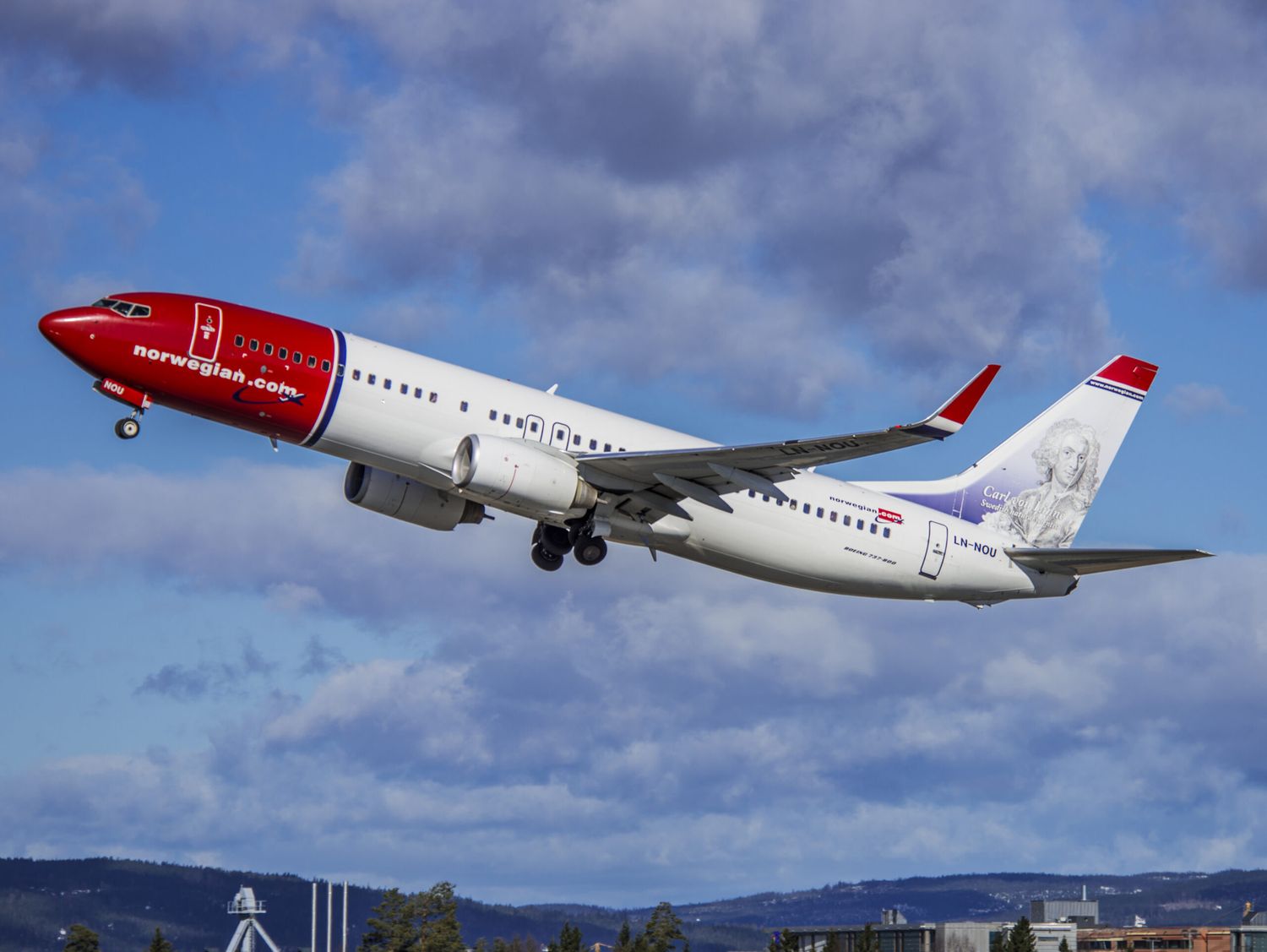On the Road to Recovery: Norwegian Records Positive Results in July
Norwegian reports a traffic of 2.3 million passengers and an average load factor of 92.4% during July. This figure is a 5% increase from the same month in 2022, which equates to an increase of around 100,000 passengers.
The capacity (ASK) during July reached its highest level for the current year and was 12% higher compared to the same period last year. The company details that this notable increase in traffic numbers was largely due to the continuous flow of reservations made throughout the month by Nordic customers, driven by the desire to travel.
«July was an outstanding month for Norwegian in terms of traffic figures. Our colleagues in the air and on the ground have worked relentlessly to make sure our passengers reached their destinations safely, and as smoothly as possible, despite a few challenging situations across airports in Europe», said Geir Karlsen, CEO of Norwegian.
Capacity, measured in available seat-kilometers (ASK), grew 12% while demand (in RPK) increased by 9%, resulting in a load factor of 92.4% (-2 percentage points). In addition, the airline operated with 79 aircraft with a regularity of 99.5% and a punctuality of 73.2%. Despite some complications in European airports, 95.3% of all flights that operated arrived at their destination on time or within an hour of the scheduled arrival time. CO2 emissions per RPK fell 1%, standing at 67 grams.
See also: Analysis: Why Widerøe’s acquisition by Norwegian makes sense
As for reservations, the momentum continues to be promising. Although in July there were many last-minute reservations by Nordic travelers seeking sunny destinations, this trend continues in August, and reservation rates for travel in September are solid. «The unstable weather this summer in the Nordic countries has clearly affected travel patterns, and we noticed a strong and continuous volume of reservations throughout the month», concluded Karlsen.
So far this year, Norwegian has already mobilized 20.17 million passengers, a growth of 41% compared to the January-July period in 2022. Capacity (ASK) has increased by 40%, while demand (RPK) has increased 46%, resulting in a load factor of 84.2% (+ 4 percentage points).
As can be seen in Cirium, between August and December 2023 Norwegian has scheduled a 9.9% increase in capacity (ASK) versus the same period in 2022. This would allow it to close 2023 with a growth of 17.4%.
However, capacity (ASK) would still close 68% below 2019, prior to the outbreak of the pandemic, an understandable situation given the transformation process that Norwegian had to carry out to survive that crisis (which involved, among other things, deactivating long-haul flights) and re-emerge as it has been doing since then.
In terms of seats, as of today the offer of Norwegian in 2023 versus that of 2019 would close 39.7% below, but all that is still subject to changes as the winter schedule unfolds.


Comentarios
Para comentar, debés estar registrado
Por favor, iniciá sesión